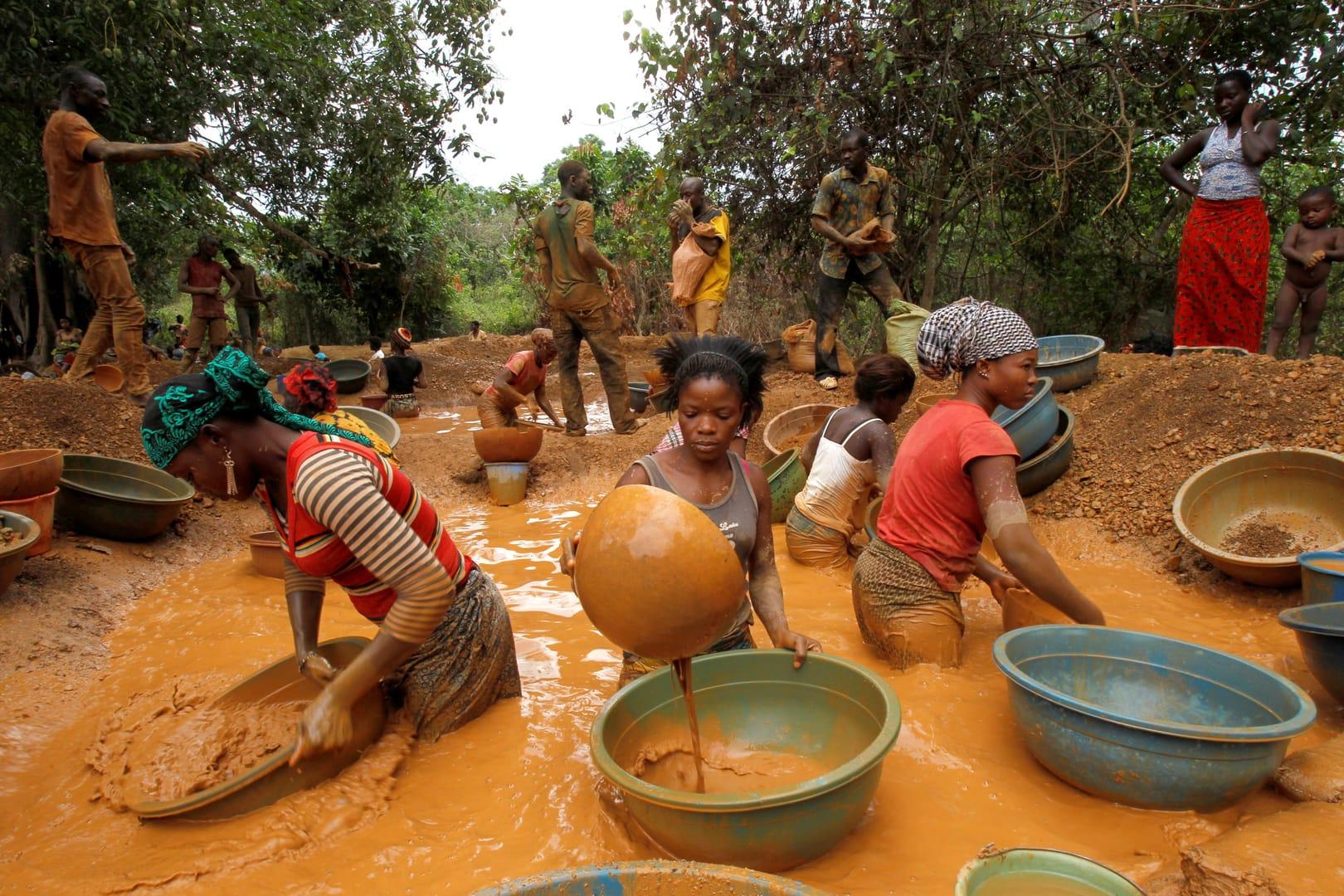
Ivory Coast follows Sahel alliance’s lead in mining reforms
Ivory Coast is set to overhaul its mining regulations. Formed by Mali, Niger, and Burkina Faso in September 2023, the Alliance of Sahel States (AES) aims to bolster mutual defense and economic cooperation, distancing from former colonial powers and contemplating a common currency.
Inspired by these initiatives, Ivory Coast is revising its 2014 mining code, with the sector currently contributing 5% to GDP, mainly through gold production.
At the International Exhibition of Extractive and Energy Resources (SIREXE), Mines Minister Mamadou Sangafowa Coulibaly highlighted plans to boost state revenue from mining.
Gold production surged to 51 tonnes in 2023, and interest in coltan, manganese, lithium, and rare earths is growing among investors.
The proposed reforms reflect a regional trend: Mali’s recent code allows the state up to 30% in new projects, and Burkina Faso mandates at least 15% state ownership in industrial mines while establishing a national gold reserve.
These legislative changes aim to increase state profits and regulate resource exploitation more effectively. However, they may also create friction with foreign investors.
Zambia’s tax regime modification, for instance, led to tensions and investment suspensions.
Details on Ivory Coast’s mining code revisions and implementation schedule are still pending.
Drawing from Mali and Burkina Faso’s examples, the government seeks to maximize economic benefits from its mineral wealth.
This strategic shift could enhance Ivory Coast’s standing in Africa’s mining market, boosting national revenue but potentially challenging foreign investment in a stricter regulatory environment.
As Ivory Coast aligns with its AES neighbors, this approach promises stronger market positioning and increased national income while presenting short-term hurdles in attracting and maintaining foreign investments amid tighter regulations.



